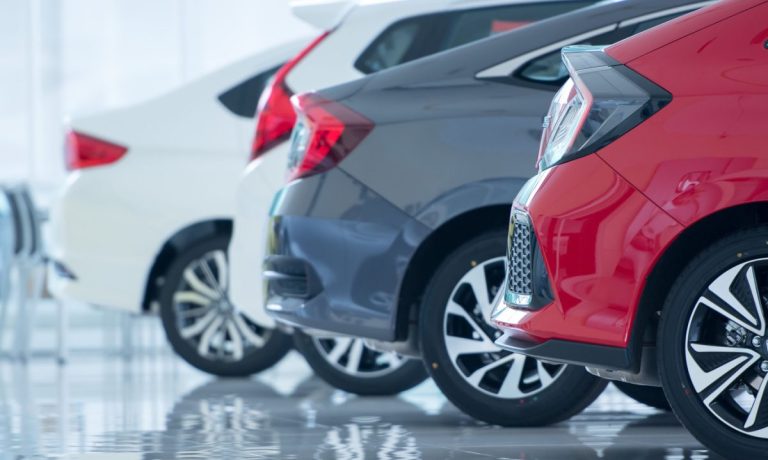
America’s auto debt hole is reportedly getting deeper for car buyers.
A report Wednesday (March 1) by Bloomberg News finds that the auto industry is growing alarmed by growing number of consumers who are “upside down” on their vehicle trade-ins, leading them to buy at high prices, carry debt from one car to another, and agree to loan terms as long as seven years.
“As trade-in values begin to cool, each month more and more consumers will find themselves falling from positive to negative equity,” said Ivan Drury, director of insights at auto-market researcher Edmunds.
“Unless American car shoppers break their habit of buying again too soon, we’ll see the negative equity tide continue to rise.”
According to Edmuds, the average interest rate for a new car rose to 6.9% in January, compared to 4.9% a year earlier. That means that even if the American economy dodges a recession, car buyers will likely struggle to make payments.
And that’s assuming they buy cars at all. Last month saw reports that consumers had become hesitant about purchasing new cars due to high prices and a dearth of affordable vehicles.
“My concern is that if supply doesn’t return, then new cars will be priced out of the reach of middle-class households,” JP Garvey, dealer principal at Garvey Group, an upstate New York dealership group, told The Wall Street Journal (WSJ).
The WSJ report notes that dealers expect that pressure on new car buyers will dampen sales until supplies improve, leading car makers to offer more markdowns. While inventories are coming back, they’re still below pre-COVID levels, leading car companies to anticipate a year of tight supplies.
Last year saw American car sales fall to 13.7 million, their lowest point in more than 10 years. A forecast earlier this year by J.D. Power/LMC Automotive said sales will stay below pre-pandemic levels of 17 million for 2023.
As PYMNTS wrote in January, auto loans — like many other forms of debt — are pricier than they have been in decades. More than 15% of car buyers had a monthly payment of at least $1,000 in the final quarter of 2022, according to Edmunds, a figure which was 10.5% a year earlier.
And the size of outstanding auto loans has ballooned, from $1.44 trillion in the third quarter of 2021 to $1.52 trillion in the same quarter in 2022, according to the Federal Reserve Bank of New York.
Meanwhile, American consumers are feeling pressure from all sides, and at all levels of income. Recent research by PYMNTS finds that — as of December of last year — 16% of high-income consumers had trouble making ends meet, a 45% increase from the same time in 2021.
Inflation has taken a bite out of the household budgets of consumers across income and age demographics, with the average American shopper spending a little more than a fifth of their income on essentials such as food, clothing and shelter.